Celebrate Juneteenth!
Juneteenth—celebrated across the country on June 19—marks an important milestone in the struggle for freedom. But the lessons of this holiday can and should be taught year-round. Use these resources to learn more about Juneteenth, get ideas for sharing it with students and contextualize it within American history.
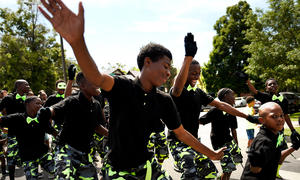
Teaching Juneteenth
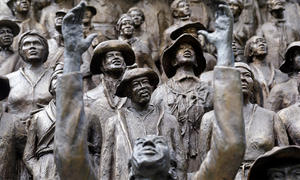

“We Are Our Ancestors’ Wildest Dreams”
Protecting Undocumented Students
This week, a Texas teacher made news by tweeting President Trump to ask for help “actively investigating and removing” undocumented students from her district. In the face of this stark reminder of the hostility undocumented children face even from those charged with their care, we’re sharing our best resources for supporting and protecting undocumented students. We hope you’ll use and share them, and that you’ll continue to stand up for all of the young people in your schools.
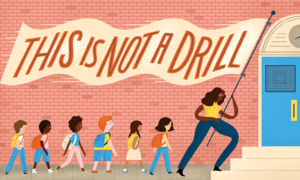
This Is Not a Drill
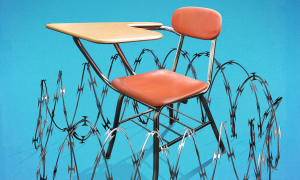
The School-to-Deportation Pipeline
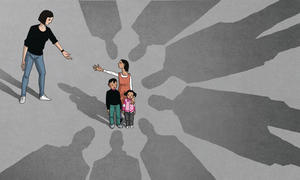
Immigrant and Refugee Children: A Guide for Educators and School Support Staff
Celebrate LGBTQ Pride Month
LGBTQ Pride Month starts Saturday, and we're excited to honor it with some of our favorite resources! In this edition of The Moment, you'll find a history of the Stonewall Uprising that you can use to teach the fight for LGBTQ equality alongside other civil rights movements. We're also including our extensive guide for serving LGBTQ students. And we extend a heartfelt reminder that we see you standing up for your students every day—and we appreciate you.

Teaching Stonewall

Best Practices for Serving LGBTQ Students

We Love That Teachers Are Speaking Up for LGBTQ Students
Dive Into the Summer Issue of Teaching Tolerance Magazine
Our Summer magazine is here! And, as usual, it's packed with stories, resources and strategies for social justice educators like you. Here, we're spotlighting three feature stories about the innovative ways educators are using online spaces: to build community, to reflect on their own identities and to connect students with stories they might not hear elsewhere. We hope you enjoy them—and the rest of our new issue!

Educators and Their #Community: Finding Solidarity on Social Media

You and White Supremacy: A Challenge to Educators

The Subscribed Classroom: Using Podcasts to Teach About Social Justice
65 Years After 'Brown v. Board'
This Friday marks the 65th anniversary of Brown v. Board of Education of Topeka, Kansas, the Supreme Court ruling that outlawed segregated schools. These resources serve as a reminder of the brave first steps 9-year-old Linda Brown took, and of the distance we still have to go.

The Bravery of Linda Brown
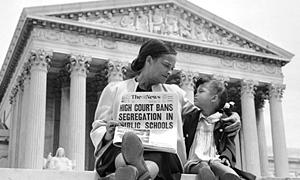
Brown v. Board of Education of Topeka, Kansas
